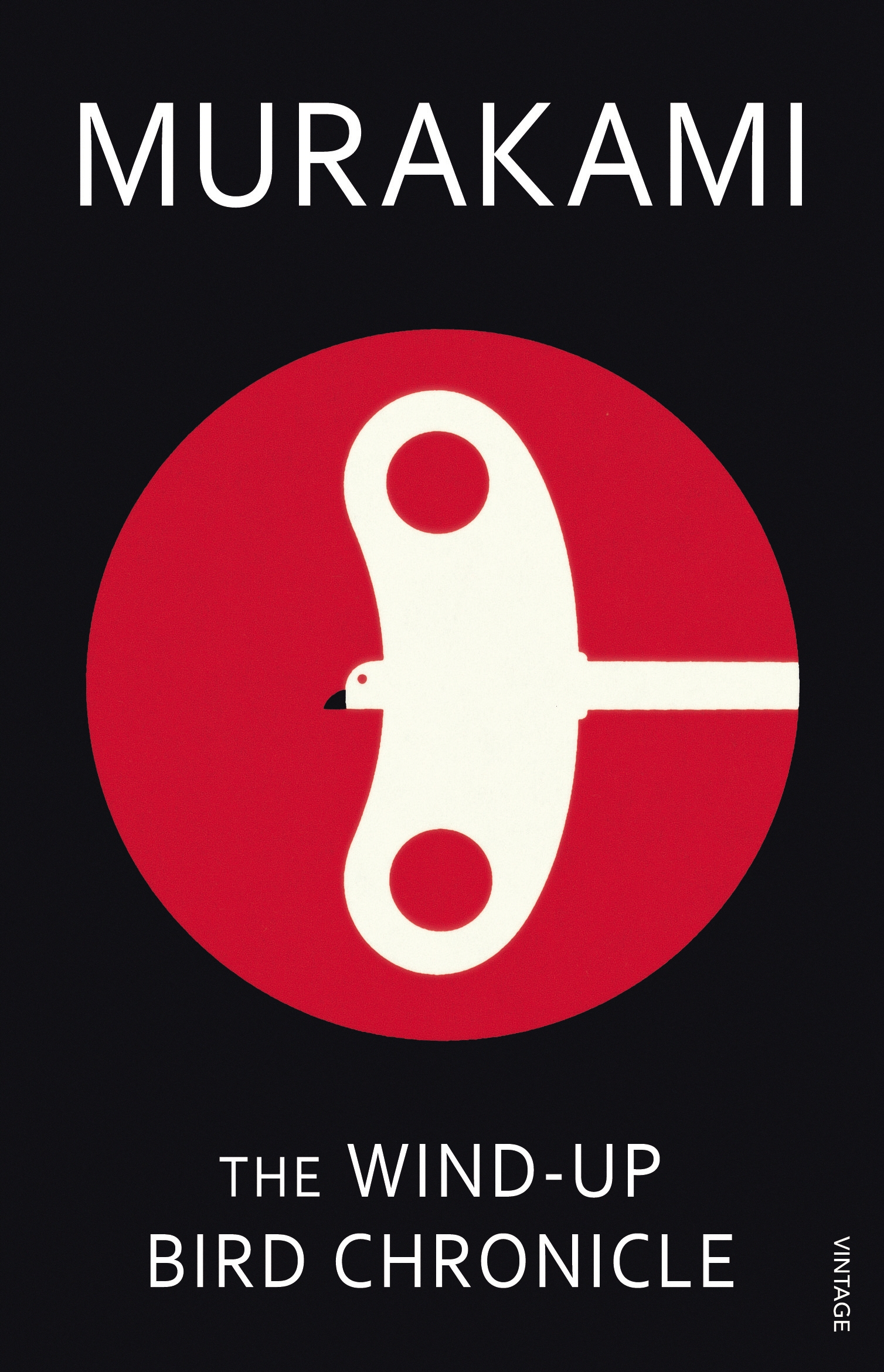

In the clash between the ordinary and the sinister, the production has the heightened intensity of something by David Lynch.

For scenes at the bottom of the well, Earnhart switches to a puppet for Toru’s feverish dreams, he projects images of a hotel corridor on a series of moveable screens for the battlefields of the Manchurian desert, he switches to storytelling mode. Yet he maintains the shape - and, importantly, the atmosphere - of the story in a two-hour production that is surprisingly unencumbered by a central character who is essentially passive.Īs Toru, James Yaegashi is at the still center of a turbulent world - and it is turbulent enough to keep the performance dynamic. Some major characters have gone, others have been merged into one and there are some minor variations in the plot. One of Earnhart’s major achievements is that he does not disappoint fans of the book. That Toru’s absent cat is also called Noboru Wataya and he spends much of the novel at the bottom of a well is all part of the author’s weird yet believable vision. The event triggers the arrival of a succession of characters who are guarded about their esoteric knowledge and mystical powers, but reveal enough to suggest Toru’s situation is somehow connected to Japan’s military past and the rise to political power of Kumiko’s brother Noboru Wataya.

It’s a book that takes its time as it unravels the story of the unemployed Toru Okada whose wife, Kumiko, has mysteriously disappeared. For the former director of production for Miramax Films even to attempt to adapt the 1994 novel was a major undertaking.


 0 kommentar(er)
0 kommentar(er)
